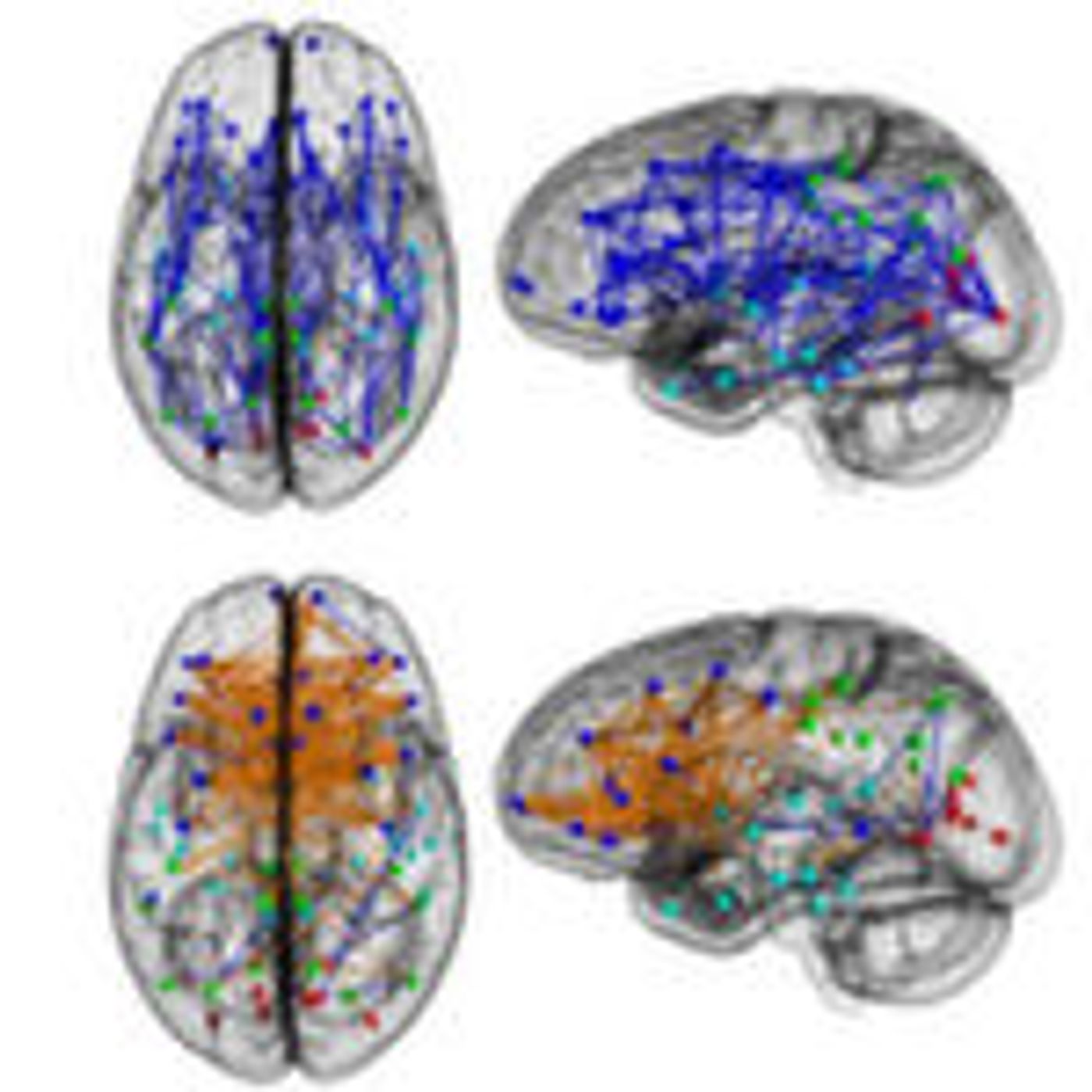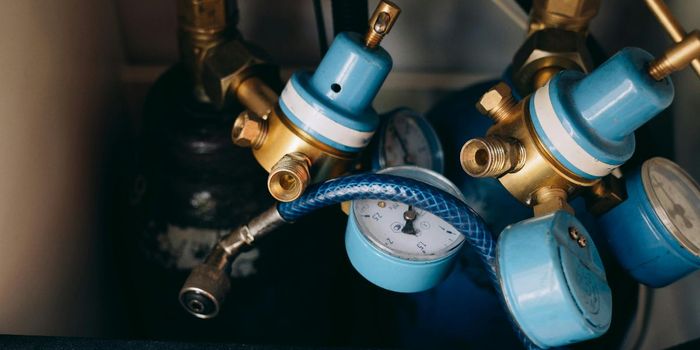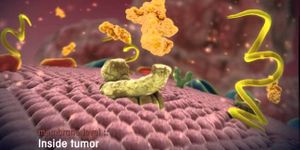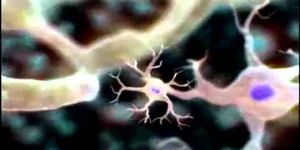Videos
Radiopeptides destroy tumor cells
Trending
/
Health & Medicine
/
Brain Connectivity Study Reveals Striking Differences Between Men and Women
 A new brain connectivity study from Penn Medicine published today in the Proceedings of National Academy of Sciences found striking differences in the neural wiring of men and women that's lending credence to some commonly-held beliefs about their behavior.
A new brain connectivity study from Penn Medicine published today in the Proceedings of National Academy of Sciences found striking differences in the neural wiring of men and women that's lending credence to some commonly-held beliefs about their behavior.In one of the largest studies looking at the "connectomes" of the sexes, Ragini Verma, PhD, an associate professor in the department of Radiology at the Perelman School of Medicine at the University of Pennsylvania, and colleagues found greater neural connectivity from front to back and within one hemisphere in males, suggesting their brains are structured to facilitate connectivity between perception and coordinated action. In contrast, in females, the wiring goes between the left and right hemispheres, suggesting that they facilitate communication between the analytical and intuition.
"These maps show us a stark difference--and complementarity--in the architecture of the human brain that helps provide a potential neural basis as to why men excel at certain tasks, and women at others," said Verma.
For instance, on average, men are more likely better at learning and performing a single task at hand, like cycling or navigating directions, whereas women have superior memory and social cognition skills, making them more equipped for multitasking and creating solutions that work for a group. They have a mentalistic approach, so to speak.
Past studies have shown sex differences in the brain, but the neural wiring connecting regions across the whole brain that have been tied to such cognitive skills has never been fully shown in a large population.
In the study, Verma and colleagues, including co-authors Ruben C. Gur, PhD, a professor of psychology in the department of Psychiatry, and Raquel E. Gur, MD, PhD, professor of Psychiatry, Neurology and Radiology, investigated the gender-specific differences in brain connectivity during the course of development in 949 individuals (521 females and 428 males) aged 8 to 22 years using diffusion tensor imaging (DTI). DTI is water-based imaging technique that can trace and highlight the fiber pathways connecting the different regions of the brain, laying the foundation for a structural connectome or network of the whole brain.
This sample of youths was studied as part of the Philadelphia Neurodevelopmental Cohort, a National Institute of Mental Health-funded collaboration between the University of Pennsylvania Brain Behavior Laboratory and the Center for Applied Genomics at the Children's Hospital of Philadelphia.
You May Also Like
DEC 16, 2025
eBooks
In precision-driven labs, accuracy isn’t optional — it’s essential. The updated ISO 8655:2022 standard
...
NOV 16, 2025
Microbiology
The COVID pandemic brought many challenges, one of which is the chronic problem known as long COVID that can develop aft
...
Written By:
Carmen Leitch
NOV 24, 2025
Cancer
Low-dose computed tomography (LDCT), a procedure that uses X-rays to produce a series of images at different angles, gen
...
Written By:
Katie Kokolus
DEC 02, 2025
Drug Discovery & Development
Short-term treatment with nitrous oxide has shown promise for treating depressive disorders.
Written By:
Annie Lennon
DEC 17, 2025
Cardiology
Some plant-based diets are better than others when it comes to heart disease risk.
Written By:
Savannah Logan
DEC 18, 2025
Immunology
The immune system is made of various cell types that take on critical roles to fight off foreign pathogens. These subset
...
Written By:
Brian G. Morreale
Loading Comments...








